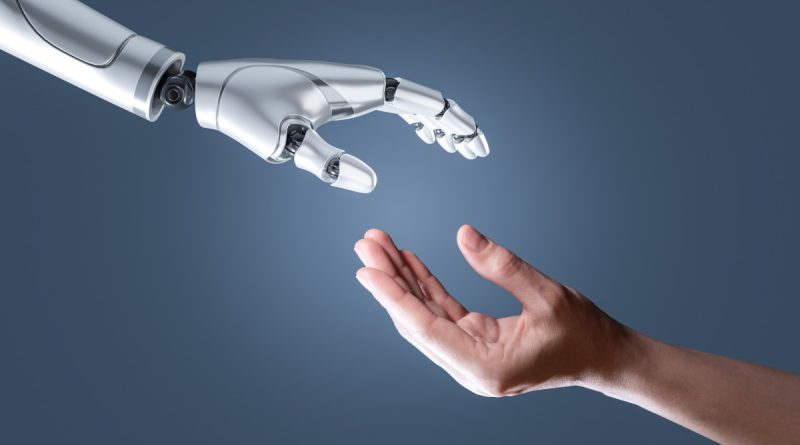Humanoids: A Technology Ahead of Its Time
Rodney Brooks, a prominent roboticist and co-founder of iRobot, has raised concerns about a potential investment bubble in humanoid robots, a sentiment echoed by others in the field.
In a recent article, Brooks emphasizes the large amounts of venture capital being invested in humanoid robotics companies like Figure. He argues that despite the significant financial backing, humanoid robots are still unlikely to achieve the necessary dexterity for practical applications, rendering them largely ineffective.
This perspective may surprise many venture capitalists betting on this technology. However, it resonates with insights from numerous robotics-focused investors and AI specialists who have shared their views with TechCrunch recently—suggesting that widespread adoption of humanoid robots is still years away, potentially over a decade.
The Issues
Fady Saad, a general partner at Cybernetix Ventures, a robotics-focused venture capital firm, and co-founder of MassRobotics, mentioned to TechCrunch that, apart from using humanoids in space as astronaut substitutes, he sees limited immediate market potential.
“People not familiar with humanoids or not closely monitoring advancements might find current developments impressive, but we remain cautiously skeptical about practical use cases and revenue generation,” said Saad.
Saad is also concerned about safety issues, especially in environments where humans and humanoid robots work together. Potential hazards could arise in settings like factories when humanoids operate near people. These risks multiply when humanoids are introduced into homes—a target market for many companies in the field.
“If one of these robots were to fall on children or pets, it could cause serious harm,” Saad cautioned. “This is merely one aspect of a significant challenge that is largely overlooked. Additionally, how many individuals would feel comfortable with a humanoid simply sitting in their home? What if it were hacked? What if it behaved erratically at night and caused damage?”
TechCrunch Event
San Francisco
|
October 27-29, 2025
The timeline for developing this technology remains uncertain, which is crucial for venture capitalists to consider fund lifecycles and the expected returns for their investors.
The Timeline
Sanja Fidler, vice president of AI research at Nvidia, shared in an August discussion with TechCrunch that establishing a definitive timeline for humanoid development is difficult, with current enthusiasm reminiscent of the excitement surrounding early self-driving cars.
“Think about the self-driving car industry in 2016 and 2017; it felt like there was tangible progress, didn’t it?” Fidler observed. “Yet, it took several more years for the technology to scale, and as of now, no one has achieved full global autonomy. It’s an intricate challenge.”
Nvidia’s chief scientist Bill Dally reiterated these points in an interview with TechCrunch, stressing the importance of their investments in building infrastructure for humanoid developers.
Seth Winterroth, a partner at Eclipse, noted that while new developments and demonstrations can be exhilarating, humanoids are complex by nature. He believes substantial time is required for them to realize their full potential.
“Conducting software updates for systems with six degrees of freedom is already quite challenging; many humanoids we discuss involve systems with more than 60 degrees of freedom,” Winterroth explained regarding a robot’s movement capabilities. “Furthermore, achieving viable unit economics is essential for establishing a sustainable business model. We still have a long road ahead.”
In many cases, humanoid robots are not yet ready for mainstream use.
Tesla illustrates the challenges faced by companies in this domain. The firm announced its humanoid project, Optimus, in 2021 and indicated that a debut would occur in 2023.
That announcement did not come to fruition. When the bot finally appeared in 2024 during Tesla’s “We, Robot” event, it was disclosed that much of its functionality was operated by off-scene human operators. The company claims it will begin selling these robots in 2026.
Robotics startup Figure, recently valued at $39 billion in a September funding round, has also faced scrutiny regarding the number of humanoids it has truly deployed, a claim the company actively defends.
What is Working
Nevertheless, this does not indicate that humanoids lack future market potential or that pursuing this technology is unwarranted.
Brooks himself has expressed faith in the eventual emergence of humanoids. However, instead of resembling human-like forms often envisioned, he anticipates they will feature wheels and non-humanoid characteristics, likely arriving in over a decade.
Several companies are innovating in dexterity technology, which Brooks doubts humanoids will achieve, including Proception, backed by Y Combinator, and Loomia, which has created a kit to help robotics firms integrate touch into their devices.
Several humanoid companies are already accepting orders and generating interest in their robots. K-Scale Labs amassed over 100 preorders within the first five days for its humanoid bot, surprising even its founders, as noted by CEO Benjamin Bolte to TechCrunch.
Hugging Face has also seen substantial demand for its two humanoid bots. The company opened preorders for its smaller desktop model, Reachy Mini, in July, and the response was remarkable. Within just five days of the launch, Hugging Face recorded $1 million in sales for its Reachy Mini robots.



